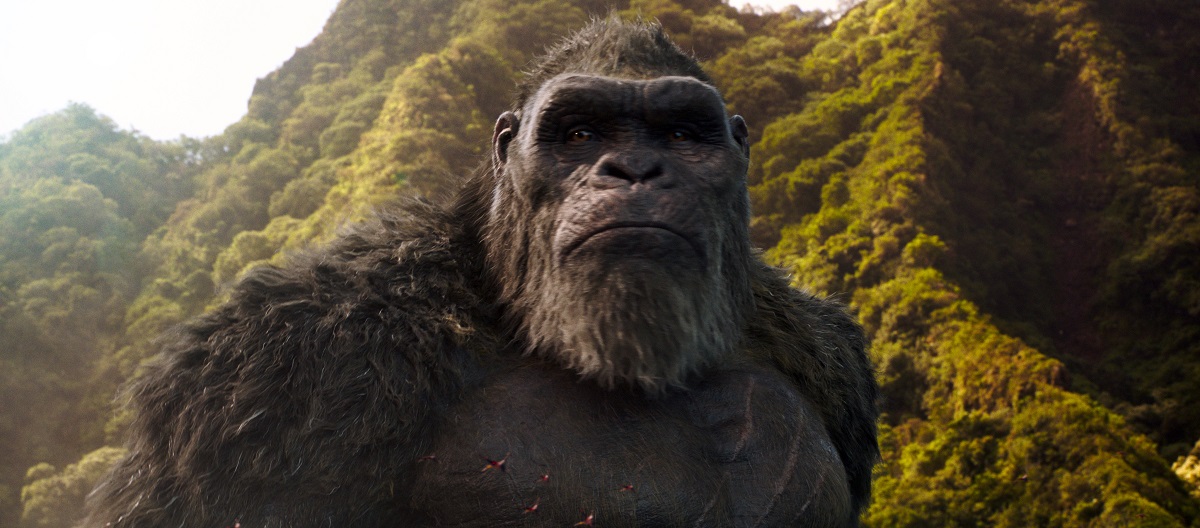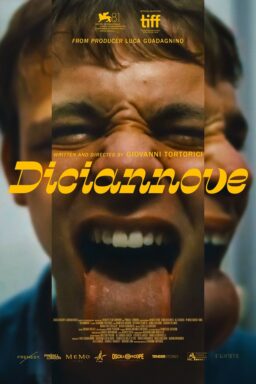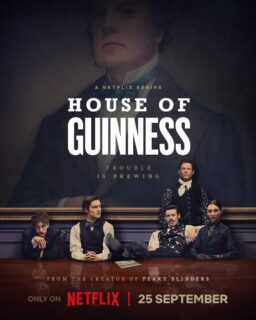In our very strange, not quite post-pandemic media landscape, two titans are about to lumber onto a streaming platform (and a few movie screens) for a fight that hasn’t been seen since 1962. “Godzilla vs. Kong” is the second sequel to Legendary’s 2014 “Godzilla” and the first sequel to 2017’s “Kong: Skull Island.” Adam Wingard’s blockbuster will see the two showbiz legends have a donnybrook that capsizes aircraft carriers and hopefully revives interest in the series after the disappointing returns of 2019’s “Godzilla: King of the Monsters.”
King Kong has had fewer turns at the movies than Godzilla. But the official movies were already going to some strange places as early as 1933. “Son of Kong,” rushed into theaters the same year as the original “King Kong,” is a perfectly serviceable Pre-Code South Seas adventure movie until you view it as a slapped-together sequel to “King Kong.” After that, Kong would be officially absent from the movies until 1962, but a proliferation of giant gorillas of varying sizes started filling screens. There was the excellent “Mighty Joe Young” in 1949 on the high end, and 1961’s “Konga” on the low end, the latter about a mad scientist’s pet gorilla who grows to fearsome heights and terrorizes London.

RKO kept re-releasing the original Kong into theaters to success as late as the fifties. A 1952 rerelease was a massive hit in Japan, and coupled with several other cultural factors would culminate in the war-trauma-as-giant-metaphor “Gojira” (dubbed “Godzilla” for release in the States). And when Godzilla began facing off against giant monsters on the regular it became only a matter of time before King Kong would be called out of retirement for his turn in the ring. 1962’s “King Kong vs. Godzilla” is a strange film, a kaiju film uneasily resting on top of one of the salaryman comedies that were hugely popular in Japan at the time.
Salaryman comedies would often feature a group of put-upon workers trying to do their best to appease their oafish, idiotic bosses. In “King Kong vs. Godzilla”’s scenario, that means two men working for a pharmaceutical company get more than they bargained for when they travel to a remote island rumored to have a miracle cure berry and stumble across a 50-foot ape. The boss has the mad idea to bring King Kong back with them as a new mascot for the company. Kong escapes during transport, and the amount of trouble you expect to be in for letting a giant ape loose is tabled by the reappearance and subsequent destruction spree of Godzilla. The two brawl and it ends with an exhausted Kong swimming for home while Godzilla sinks beneath the waves, where he would later emerge for the first time as a semi-good guy in “Ghidorah, the Three-Headed Monster.”

Renewed interest in the original titan lead to the release of “King Kong Escapes” in 1967. Not related to the 1962 film, this version of King Kong squares off against a robot duplicate of himself, Mechani-Kong. And in keeping with Rankin/Bass’ involvement in the film as producers, Mechani-Kong is an adorable bit of design that looks like an extra-tall resident of The Island of Misfit Toys. A brief-lived animated series was also produced in conjunction with the movie. Following that, 1969’s “The Mighty Gorga” was a jaw-dropping jungle adventure made without a budget or sense of shame. It was notable for the title creature’s mask being a permanent expression of dismayed surprise, like he had just walked in on his giant ape wife in bed with his giant ape best friend.
There would be a mini gold rush in the ’70s of Kong rip-offs, all hoping to ride the coattails of producer Dino De Laurentiis’ much ballyhooed 1976 remake which bizarrely billed itself as “The most exciting original motion picture event of all time.” De Laurentiis’ version plays like a tacky Italian knock off of “King Kong,” only using the actual name and costing tens of millions of dollars. The centerpiece of the ‘76 “King Kong” was to be a life-size robot Kong built by special effects maestro Carlo Rambaldi. It was constructed and promptly failed to work or move in the slightest realistic manner. Rick Baker was brought in to play Kong in an ape suit for most of the film. And in this special audacity that was De Laurentiis’ trademark, the film ends with crediting Rambaldi for Kong and thanking Baker for his “special contributions” to the film.
The flurry of Kong copies ran the gamut, including the Shaw Brothers’ “The Mighty Peking Man,” which mixed a sleazy jungle adventure with sleazy softcore, and ends as a sleazy monster rampage with the “hero” pretty much getting everybody he’s come into contact with killed. Italy itself sent in “Yeti: Giant of the 21st Century” with an infernal earworm of a theme song, and a giant beast that looked like Bigfoot crossed with an acrylic painting of White Jesus. South Korea’s entry was “APE” where the rattiest ape suit in the movies revealed glimpses of the actor’s white t-shirt underneath and an indelible moment where the giant ape flips the bird at a group of soldiers, and the audience. Great Britain was not to be left out and they gifted the world with “Queen Kong,” an atrocious sex comedy where a female giant ape takes a shine to a hapless male named, wait for it, Ray Fay.

The eighties saw the ‘76 “King Kong” get a very much unasked for sequel with “King Kong Lives.” Despite the barrage of bullets and tumble off the roof of the World Trade Center that Kong experienced in the previous film, we’re to believe he was whisked to a scientific institute in Atlanta where he’s been comatose ever since. A potential artificial heart transplant is ruled impossible because he needs a transfusion and there’s no compatible species. They are saved by a budget-conscious Indiana Jones clone who finds a female giant ape, dubbed Lady Kong, in the jungles of Borneo. The two apes meet, hit it off and escape, and the film becomes a berserk romantic comedy-meets-American kaiju that ends with the birth of Baby Kong and a promise of a sequel that wasn’t to be.
“Mighty Joe Young” would get a remake in 1998, the same year the atrocious American “Godzilla” stunk up screens. But Kong would not return until Peter Jackson’s 2005 remake. A deeply frustrating film, it’s a movie that Jackson clearly wanted to make for a long time and a good example of why it’s so important to have someone on a project who can tell you “No.” When Jackson’s “King Kong” is good it’s very good indeed, but when it’s not it’s the very essence of drowning in self-indulgence.
After that would come King Kong, an ill-fated 2013 Broadway show and “Kong: Skull Island.” The 2017 film is an attempt to crossbreed a slick comic book adaptation of “Apocalypse Now” with a giant monster movie. The results were neither as wholly satisfactory or wholly trashy as they should be. But no matter his fate in this week’s “Godzilla vs. Kong,” the giant simian has proven he’s a survivor. It may turn out that one of Old Hollywood’s biggest symbols will outlast American theatrical movies too.












